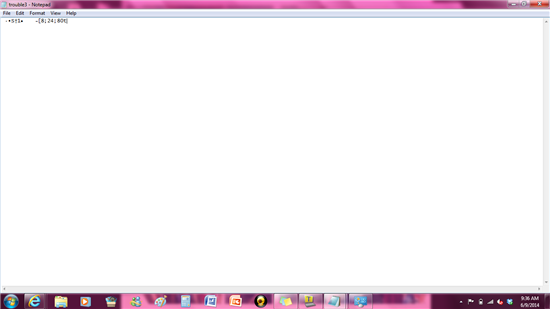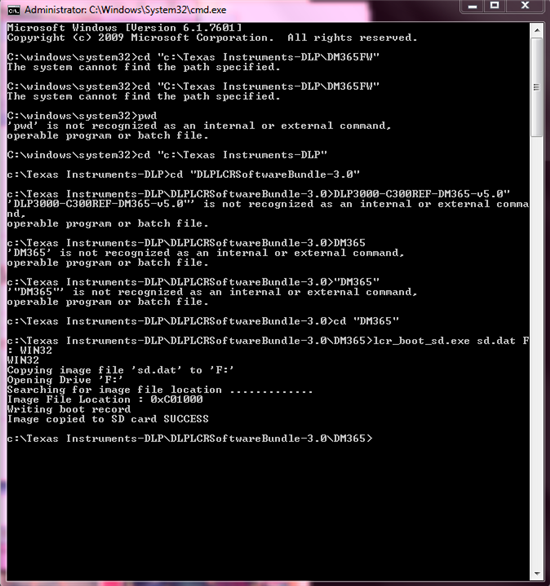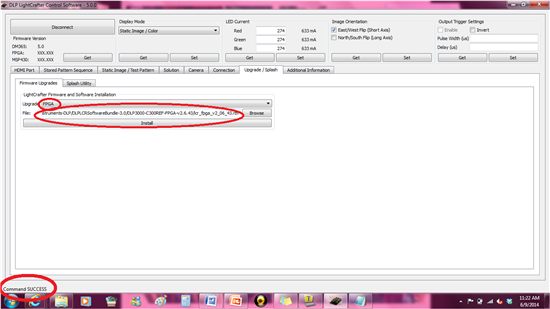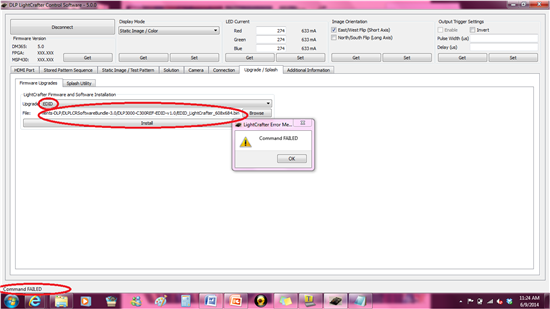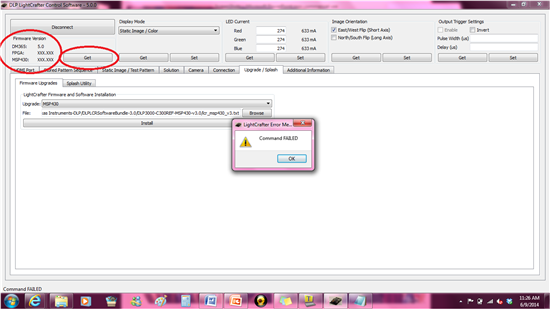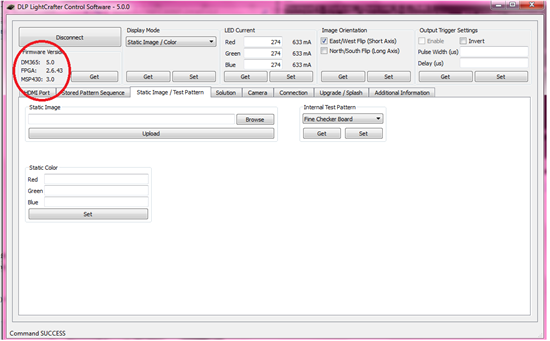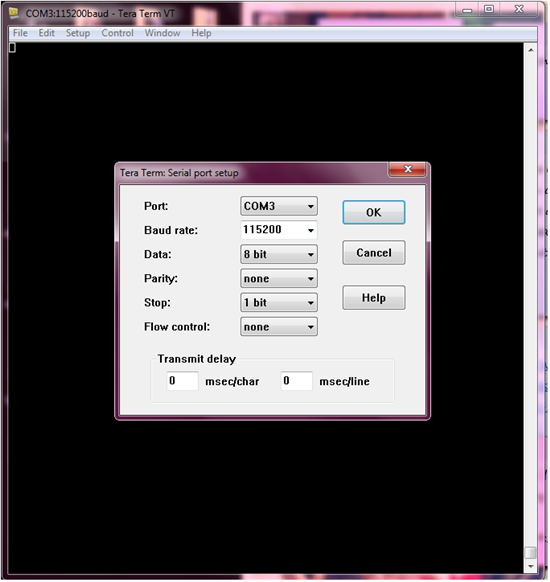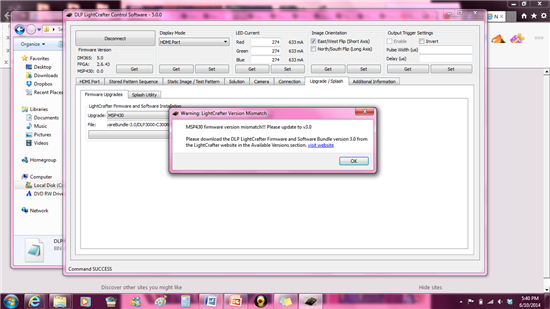Hi,
I am trying to figure out how to use the DLP LightCrafter.
I would like to be able to program my own pattern and have the LightCrafter display it. Is this possible and are there sample codes that I can look at for an example?
Any help is appreciated.
Thank you,
Heather



